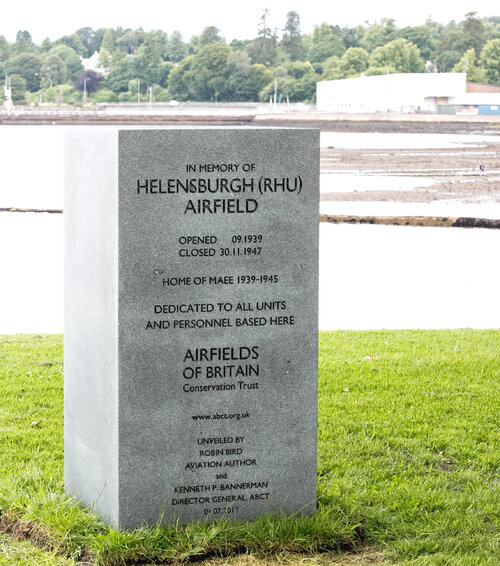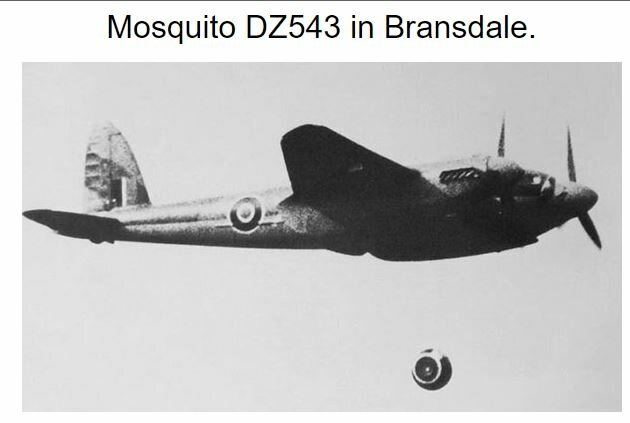MAEE tested for the Royal Navy depth charges fitted with two pistols, one for shallow firing, the other for deep.
I'm not seeing the logic here. MAEE would be the appropriate establishment for testing airborne depth charges, but given the date - 1945 - why would anyone be using an airborne depth charge against deep targets? Aircraft didn't have the ability to localise a deeply submerged submarine sufficiently accurately for a depth charge attack to be worthwhile at this point - the sonobuoy was just about in experimental service, but even that would only give bearing, not depth. To determine depth you needed an attack sonar with the Q-attachment, and that needed a ship, if you have a ship you don't need aircraft delivered depth-charges because you have the much better Hedgehog and Squid. Aircraft attacks on submarines were purely focused on submarines caught on the surface and in the process of crash-diving down to shallow depth. If you wanted a combined shallow and deep attack capability then airborne Hedgehog (which was a thing) would seem a simpler, more reliable option. While it would be perfectly feasible to have a selectable pistol, you would need extra wiring into the bomb-bay to allow that selection at or before the time of attack. If it isn't successful at the time of attack, then you don't need two pistols in the depth-charge at once, just two that can be chosen between while bombing up the aircraft.


